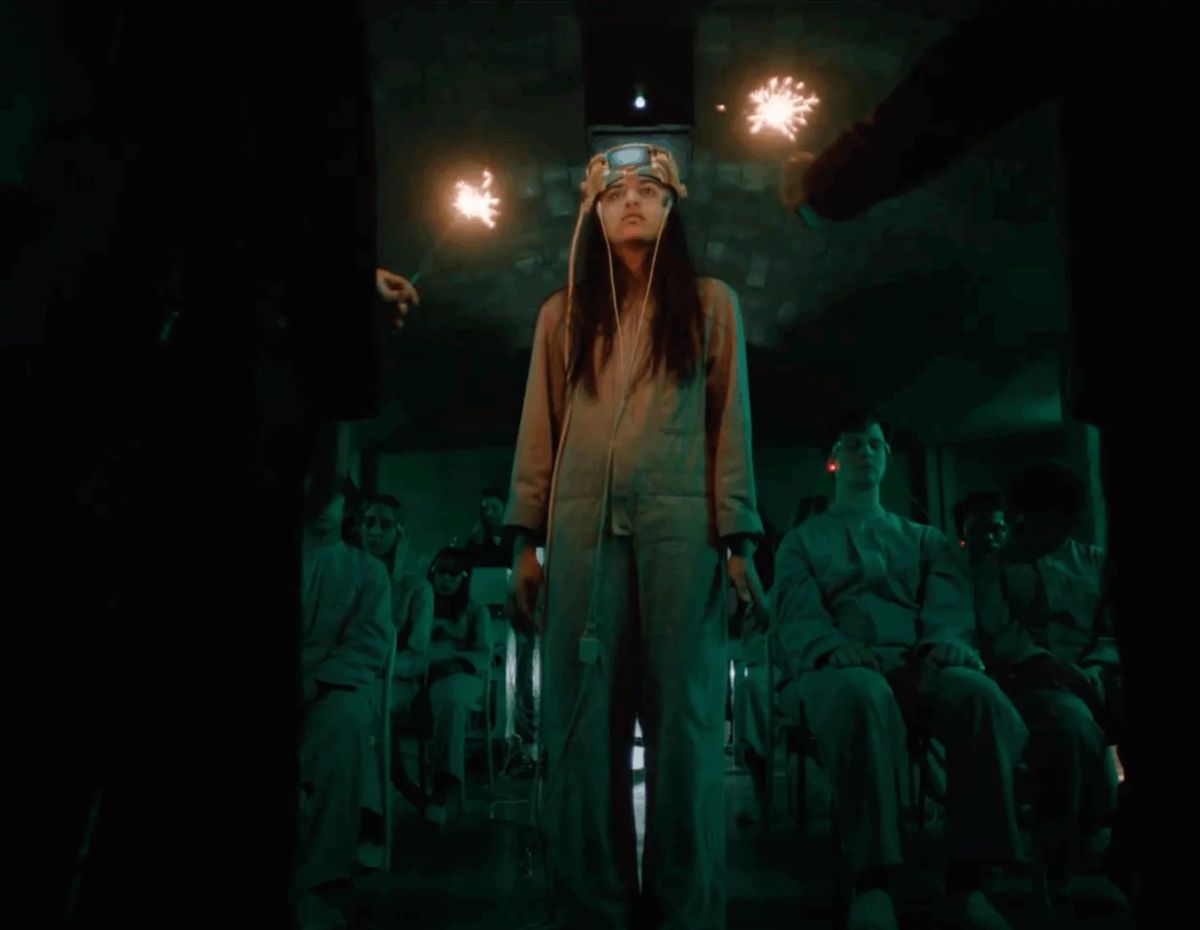For years, Constant Readers have enjoyed identifying Stephen King in adaptations of his own terrifying tales. King’s brief on-screen appearances have been fun Easter eggs, a wink from the master of horror to his devoted fans, from his memorable turn as Jordy Verrill in Creepshow to a shopkeeper in IT Chapter Two. But this may be the end of the author’s cameo run, if the creators of his latest show, The Institute, are to be believed.
King’s 2019 book was the basis for the recent MGM+ series, The Institute, which gave the writer a chance to keep up his cameo streak. But his famous face was nowhere to be found. The production team tried their best to make it happen. King was offered a part, according to Jack Bender, the director and producer of The Institute (who also worked on Mr. Mercedes and Under the Dome). But because of travel issues, mostly due to chronic back pain, the author couldn’t make it work. And besides a practical explanation, Bender also hinted at a bigger change in King’s mindset, quoting something he said on Mr. Mercedes: “Ahhh, cameos. I’m not doing that so much anymore. Sometimes it’s not a good thing.”
King’s Own Worries About His Presence: The Distraction Factor
In addition to the practical problems, it seems King himself has grown tired of his on-screen persona. The author’s changing viewpoint was further explained by Benjamin Cavell, the showrunner of The Institute. King is worried his performances are “distracting” for the audience, Cavell said. In King’s mind, the thrill of spotting him in his cameos might actually distract the viewer from the story, which is a good point.
When they considered a major role for King in The Institute, this became especially apparent. He was talked about for the part of “The Lisping Man,” a key and mysterious figure from the end of the book who has a lot of story weight. But King himself said, “I think that’s a mistake. I think you need an actor for that,” and nixed the idea altogether. The way he approached the role, recognizing its story importance vs. a fun cameo, says a lot. He realized his presence could detract from the character in some roles and thus the story.
The End of an Era for Adaptations
King’s change of heart on how his work is adapted is not just about him wanting to travel or avoid distractions. His latest series puts more emphasis on the story’s integrity and flow, even though his cameos were always a fun nod. In 2019’s IT Chapter Two he made his final on-screen appearance and that’s what viewers will remember most about it because of the banter with Bill Denbrough. That’s a fitting end of an era.
Although fans may miss seeing King’s face, his decision ultimately means he’s committed to the high quality and immersive nature of the adaptations. King makes sure his stories can stand on their own on screen by giving the story to the actors and filmmakers and letting the drama and scares play out without any fourth wall breaking. The story itself is the most important thing for the master storyteller.


